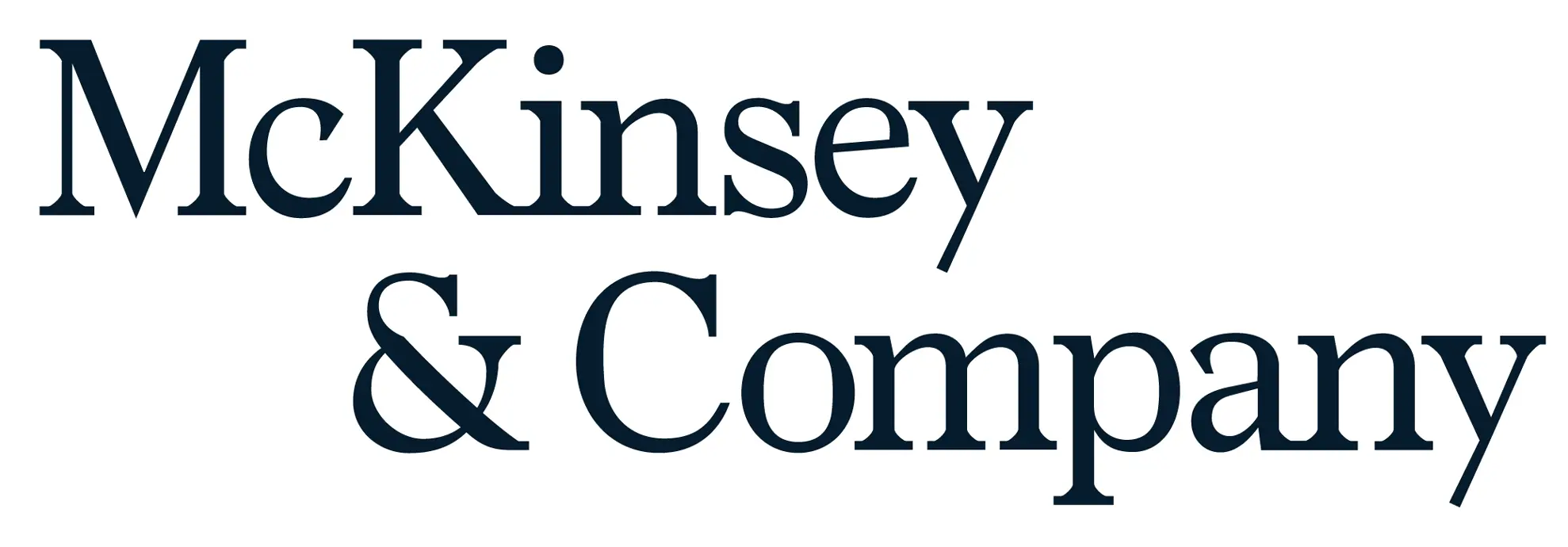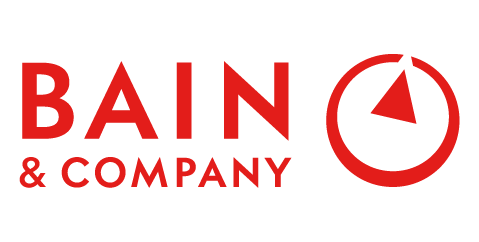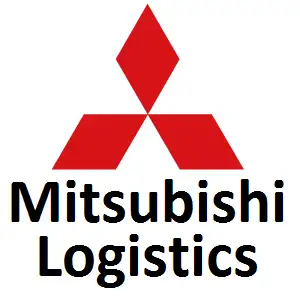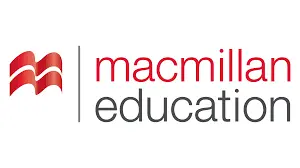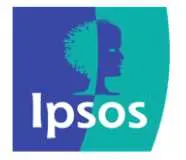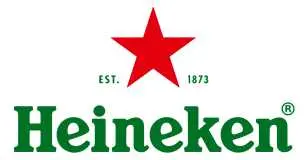
Monk Fruit Sweetener Market Growth, Size, Trends Analysis - By Product, By Form, By End User - Regional Outlook, Competitive Strategies and Segment Forecast to 2034
Monk Fruit Sweetener Market Growth, Size, Trends Analysis - By Product, By Form, By End User - Regional Outlook, Competitive Strategies and Segment Forecast to 2034
| Published: Feb-2025 | Report ID: FOOD2525 | Pages: 1 - 260 | Formats*: |
| Category : Food & Beverages | |||
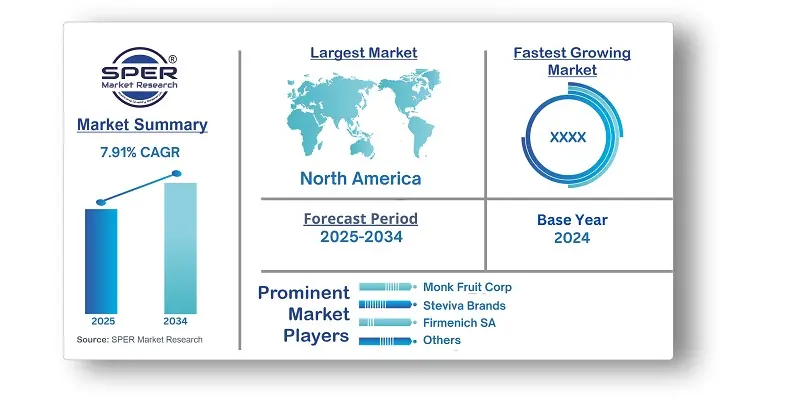
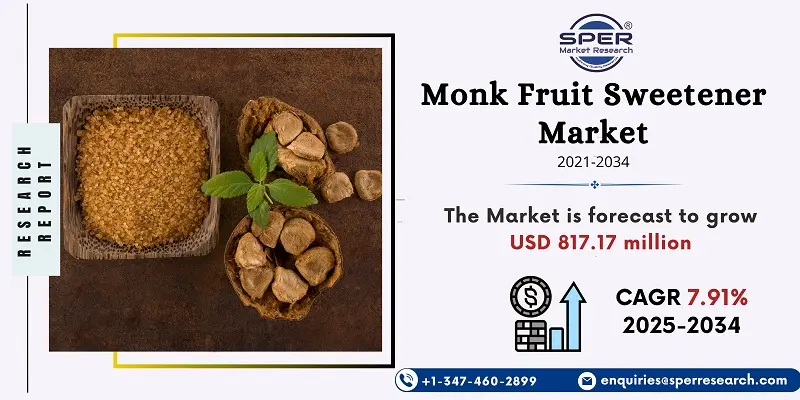
- In March 2024, The Food Standards Agency (FSA) received permission to reconsider its previous ruling after the UK High Court decided in favour of Monk Fruit Corp. Monk fruit decoctions can be used lawfully as ingredients in food and beverages that are marketed in the UK market because the FSA decided that they are not considered new foods.
- In October 2023, Lakanto added a new product to their portfolios of Monk Fruit sweeteners. The Monk fruit Sweetener with Allulose, also gives customers more options for natural sugar substitutes by combining the unique qualities of allulose with the inherent sweetness of monk fruit.
- In April 2023, The American Diabetes Association partnered with SweetLeaf, a manufacturer of stevia and monk fruit sweeteners, to market its sugar-free, natural monk fruit sweetener as a healthier choice that can help regulate diabetes.
| Report Metric | Details |
| Market size available for years | 2021-2034 |
| Base year considered | 2024 |
| Forecast period | 2025-2034 |
| Segments covered | By Product, By Form, By End User. |
| Regions covered | North America, Latin America, Asia-Pacific, Europe, and Middle East & Africa. |
| Companies Covered | Guilin Layn Natural Ingredients Corp., Archer Daniels Midland Company (ADM), Tate & Lyle PLC, Monk Fruit Corp., Cargill, Inc., GLG Life Tech Corp., Steviva Brands, Inc., NOW Foods, Firmenich SA, SweetLeaf, Lakanto. and others. |
- Global Monk Fruit Sweetener Market Size (FY’2021-FY’2034)
- Overview of Global Monk Fruit Sweetener Market
- Segmentation of Global Monk Fruit Sweetener Market By Product (Organic, Conventional)
- Segmentation of Global Monk Fruit Sweetener Market By Form (Solid, Liquid)
- Segmentation of Global Monk Fruit Sweetener Market By End User {B2B (Bakery & Confectionery, Beverages, Dairy & Frozen Desserts, Pharmaceuticals), B2C (Hypermarkets/Supermarkets, Convenience Stores, Online)}
- Statistical Snap of Global Monk Fruit Sweetener Market
- Expansion Analysis of Global Monk Fruit Sweetener Market
- Problems and Obstacles in Global Monk Fruit Sweetener Market
- Competitive Landscape in the Global Monk Fruit Sweetener Market
- Details on Current Investment in Global Monk Fruit Sweetener Market
- Competitive Analysis of Global Monk Fruit Sweetener Market
- Prominent Players in the Global Monk Fruit Sweetener Market
- SWOT Analysis of Global Monk Fruit Sweetener Market
- Global Monk Fruit Sweetener Market Future Outlook and Projections (FY’2025-FY’2034)
- Recommendations from Analyst
1.1. Scope of the report1.2. Market segment analysis
2.1. Research data source
2.1.1. Secondary Data2.1.2. Primary Data2.1.3. SPERs internal database2.1.4. Premium insight from KOLs
2.2. Market size estimation
2.2.1. Top-down and Bottom-up approach
2.3. Data triangulation
4.1. Driver, Restraint, Opportunity and Challenges analysis
4.1.1. Drivers4.1.2. Restraints4.1.3. Opportunities4.1.4. Challenges
5.1. SWOT Analysis
5.1.1. Strengths5.1.2. Weaknesses5.1.3. Opportunities5.1.4. Threats
5.2. PESTEL Analysis
5.2.1. Political Landscape5.2.2. Economic Landscape5.2.3. Social Landscape5.2.4. Technological Landscape5.2.5. Environmental Landscape5.2.6. Legal Landscape
5.3. PORTERs Five Forces
5.3.1. Bargaining power of suppliers5.3.2. Bargaining power of buyers5.3.3. Threat of Substitute5.3.4. Threat of new entrant5.3.5. Competitive rivalry
5.4. Heat Map Analysis
6.1. Global Monk Fruit Sweetener Market Manufacturing Base Distribution, Sales Area, Product Type6.2. Mergers & Acquisitions, Partnerships, Product Launch, and Collaboration in Global Monk Fruit Sweetener Market
7.1. Organic7.2. Conventional
8.1. Solid8.2. Liquid
9.1. B2B
9.1.1. Bakery & Confectionery9.1.2. Beverages9.1.3. Dairy & Frozen Desserts9.1.4. Pharmaceuticals
9.2. B2C
9.2.1. Hypermarkets/Supermarkets9.2.2. Convenience Stores
9.2.3. Online
10.1. Global Monk Fruit Sweetener Market Size and Market Share
11.1. Asia-Pacific
11.1.1. Australia11.1.2. China11.1.3. India11.1.4. Japan11.1.5. South Korea11.1.6. Rest of Asia-Pacific
11.2. Europe
11.2.1. France11.2.2. Germany11.2.3. Italy11.2.4. Spain11.2.5. United Kingdom11.2.6. Rest of Europe
11.3. Middle East and Africa
11.3.1. Kingdom of Saudi Arabia11.3.2. United Arab Emirates11.3.3. Qatar11.3.4. South Africa11.3.5. Egypt11.3.6. Morocco11.3.7. Nigeria11.3.8. Rest of Middle-East and Africa
11.4. North America
11.4.1. Canada11.4.2. Mexico11.4.3. United States
11.5. Latin America
11.5.1. Argentina11.5.2. Brazil11.5.3. Rest of Latin America
12.1. Archer Daniels Midland Company (ADM)
12.1.1. Company details12.1.2. Financial outlook12.1.3. Product summary12.1.4. Recent developments
12.2. Cargill, Inc.
12.2.1. Company details12.2.2. Financial outlook12.2.3. Product summary12.2.4. Recent developments
12.3. Firmenich SA
12.3.1. Company details12.3.2. Financial outlook12.3.3. Product summary12.3.4. Recent developments
12.4. GLG Life Tech Corp.
12.4.1. Company details12.4.2. Financial outlook12.4.3. Product summary12.4.4. Recent developments
12.5. Guilin Layn Natural Ingredients Corp.
12.5.1. Company details12.5.2. Financial outlook12.5.3. Product summary12.5.4. Recent developments
12.6. Lakanto
12.6.1. Company details12.6.2. Financial outlook12.6.3. Product summary12.6.4. Recent developments
12.7. Monk Fruit Corp.
12.7.1. Company details12.7.2. Financial outlook12.7.3. Product summary12.7.4. Recent developments
12.8. NOW Foods
12.8.1. Company details12.8.2. Financial outlook12.8.3. Product summary12.8.4. Recent developments
12.9. SweetLeaf
12.9.1. Company details12.9.2. Financial outlook12.9.3. Product summary12.9.4. Recent developments
12.10. Tate & Lyle PLC
12.10.1. Company details12.10.2. Financial outlook12.10.3. Product summary12.10.4. Recent developments
12.11. Others
SPER Market Research’s methodology uses great emphasis on primary research to ensure that the market intelligence insights are up to date, reliable and accurate. Primary interviews are done with players involved in each phase of a supply chain to analyze the market forecasting. The secondary research method is used to help you fully understand how the future markets and the spending patterns look likes.
The report is based on in-depth qualitative and quantitative analysis of the Product Market. The quantitative analysis involves the application of various projection and sampling techniques. The qualitative analysis involves primary interviews, surveys, and vendor briefings. The data gathered as a result of these processes are validated through experts opinion. Our research methodology entails an ideal mixture of primary and secondary initiatives.
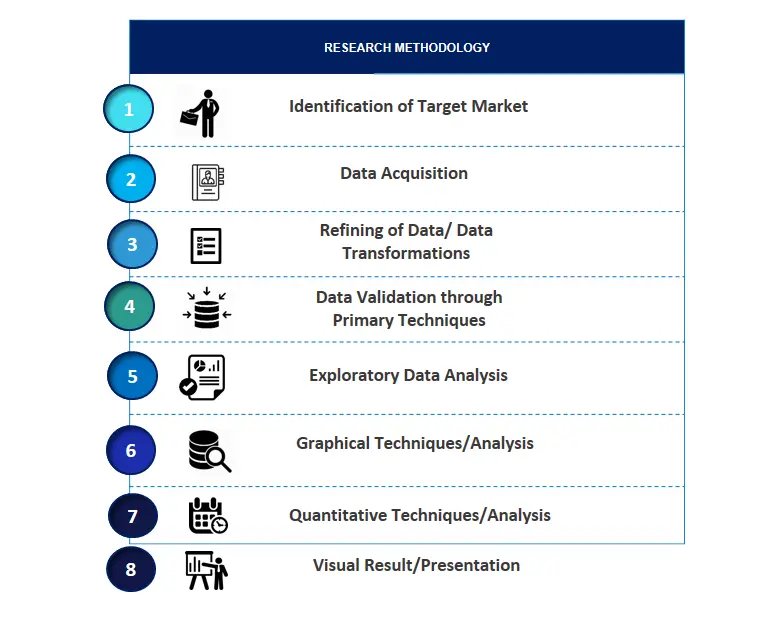
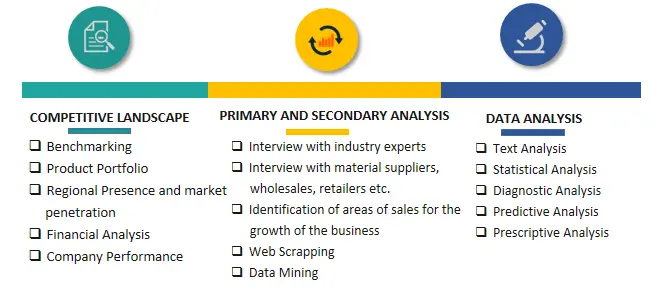

Frequently Asked Questions About This Report
PLACE AN ORDER
Year End Discount
Sample Report
Pre-Purchase Inquiry
NEED CUSTOMIZATION?
Request CustomizationCALL OR EMAIL US
100% Secure Payment
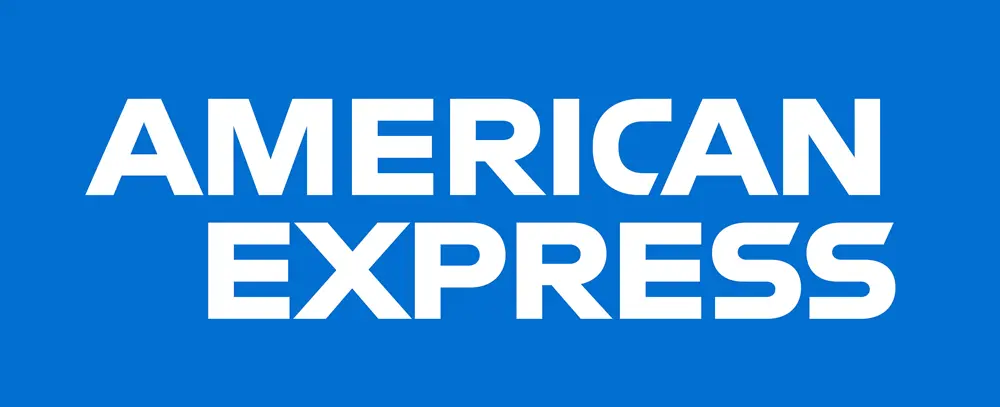

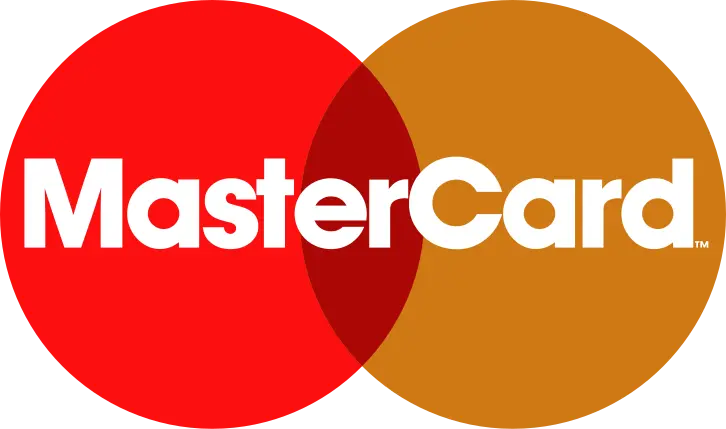
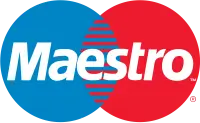


Related Reports
Our Global Clients
Our data-driven insights have influenced the strategy of 200+ reputed companies across the globe.






